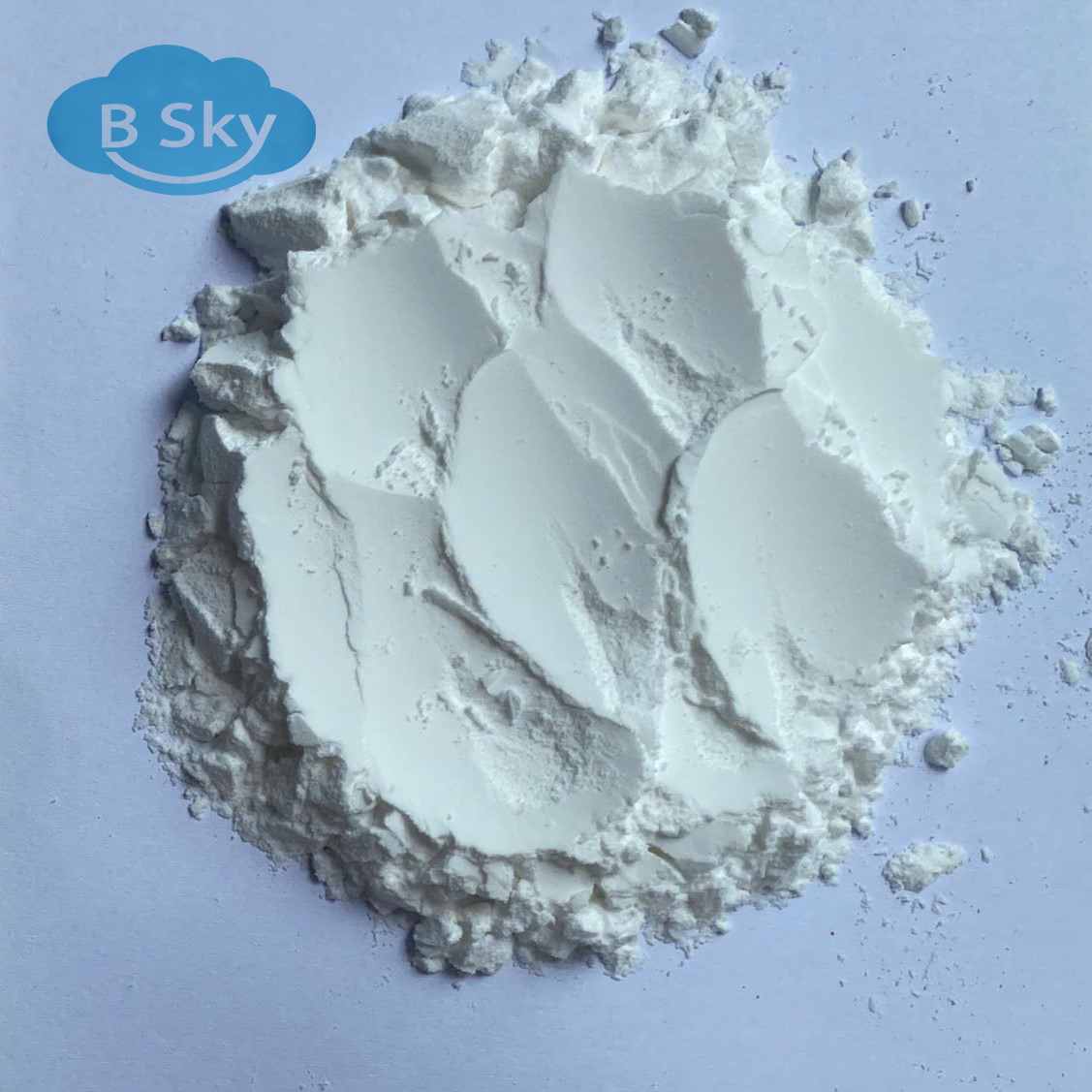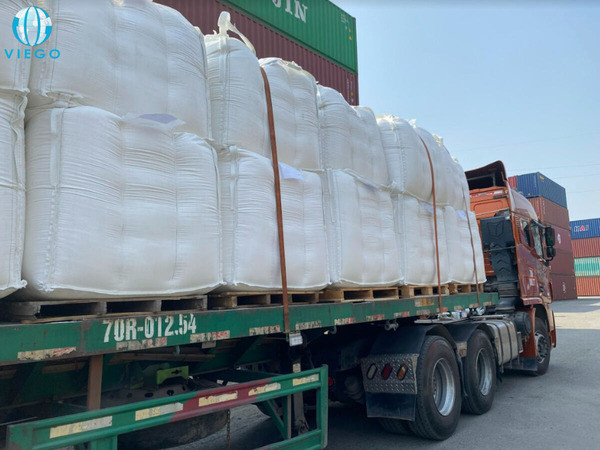Wood powder is a renewable material widely used in various industries in Vietnam. It can be utilized as a common material in the production of goods such as paper, incense, and wood plastic composite material. Let’s explore more about the characteristics, its diverse applications, and available wood powders types in Vietnam.
What Is Wood Powder?
Wood powder is one of common biomass types from wood in Vietnam. It is a clean, renewable raw material that is biodegradable. It is lightweight, non-conductive, safe for human use, and can be produced at a very low cost.
It is produced from types of wood like acacia, eucalyptus pine. The process involves chopping the wood into small pieces and then grinding it into a fine powder. This material is clean, renewable, and biodegradable, and it is generally inexpensive to produce compared to many other materials. It can be used in paper, wood plastic composite, plywood, wall panels,…

Wood powder is a clean, renewable raw material that is biodegradable.
Applications Of Wood Powder
It is widely used in different products, such as paper, WPC material, incense, etc.
WPC – Wood Plastic Composite
WPC (Wood Plastic Composite) is a type of composite material made from wood powders, plastic, and additives. It combines the strength of natural wood with the durability and flexibility of plastic. WPC has become a primary material for many products such as furniture, flooring, railings, decorative wood, shields, park benches, window and door frames.

Wood powder is one of materials for WPC
Wood plastic composite materials are created by mixing wood powders with TEOS solution to produce nano SiO2 particles that can bond with the -OH groups in the this powder. When these SiO2 particles adhere to the surface of the powder, they fill in the gaps, providing the powder with a water-repellent coating and making it more compatible with the plastic surface. The chemicals in the additives initiate crosslinking reactions, forming bridges between the plastic base material and the powder.
Paper products
Wood powder is commonly used in the paper industry. The paper production process includes the following steps:
- Preparing Raw Materials: Wood from forest trees and chemicals are used to remove impurities and bleach the paper.
- Processing Wood Powder: The wood is ground into powder, which is then bleached and cleaned.
- Creating the Pulp Mixture: The wood pulp is mixed with water and additives to form a slurry of the right consistency. The pulp must be filtered to remove impurities, ensuring it is clean before forming the paper.
- Shaping and Drying: The pulp mixture is spread onto a conveyor belt and pressed dry to form thin sheets of paper. It is then dried at high temperatures to remove water, giving it strength and durability.
- Calendering and Cutting: The paper surface is smoothed by calendering to enhance its smoothness and quality. The paper is then cut to the desired size.
- Packaging and Distribution: The finished paper is quality-checked, packaged, and distributed.

Wood powders is an ingredient commonly used in the paper industry.
Incense production
Wood powder is one of the key ingredients used in incense production. It is mixed with sawdust, powder coating, and fragrant powders in a specific ratio to ensure that the incense burns easily, releases a pleasant fragrance, and lasts for a long time. As a result, the mixing process is the most challenging step in making incense.
Afterward, water is gradually added to the mixture until it reaches the desired consistency. The mixture is then shaped into incense sticks and left to dry, resulting in the final product.

Wood powders is one of the key ingredients used in incense production.
Vietnam Wood Powder and Common Types
Wood powder is one of the main wood products exported from Vietnam. One of the importing markets is South Korea. Its export to South Korea is primarily made from the residue of rubber wood, pine, and acacia from Vietnam’s planted forests.
Typically, it has a moisture content of 8% and a mesh size ranging from 20 to 80. However, there is also a specialized type with a moisture content of 4% and a mesh size of 80 – 100 that is also available.
Wood Powder Moisture 4% Mesh 80 – 100

Wood Powder Moisture 4% Mesh 80 – 100. Source: Viego Global JSC
Wood Powder Moisture 8% Mesh 80

Wood Powder Moisture 8% Mesh 20 – 80. Source: Viego Global JSC
Viego Global – Your Trusted Sourcing Partner In Vietnam
Given that Vietnam has a big capacity of wood powders, it is not easy to find a trustworthy supplier of it to work with, however. Let’s answer the questions below before conducting your sourcing:
- Are you going to import wood powders from Vietnam?
- Are you looking for a trusted Vietnamese supplier for different wood powders?
- Are you finding sources of supply for its powder with high quality and competitive prices?
If your answer is yes to all, please feel free to contact us at:
- Whatsapp line: +84 56 264 6315
- Email: hello@viegoglobal.com
Being present at the economic center of Vietnam, Viego Global can greatly help you professionally source and execute orders, providing maximum benefits to our clients in terms of delivering a wide range of products at the best competitive pricing. Please contact us HERE for further support about Vietnam Wood Powder Industry!





































































































